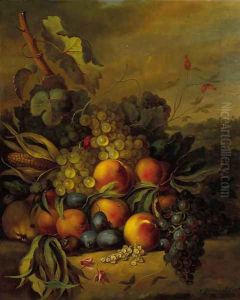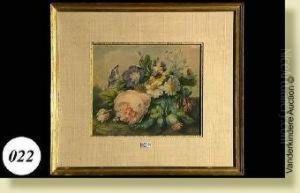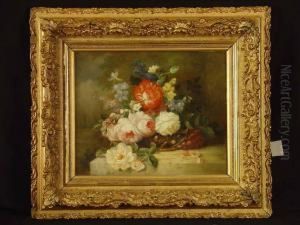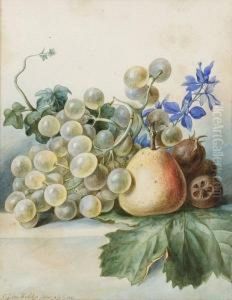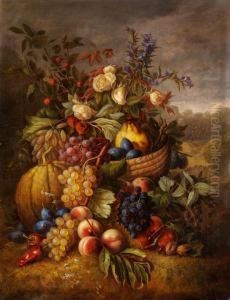Cornelis Johannes Van Hulstijn Paintings
Cornelis Johannes van Hulstijn, often known simply as C.J. van Hulstijn, was a Dutch artist born on March 4, 1881, in Utrecht, Netherlands. His work, though not widely known in the grand narrative of art history, reflects the artistic movements of the early 20th century, particularly within the context of Dutch art. Van Hulstijn's career spanned several decades, during which he developed a style that while influenced by the trends of his time, also exhibited his unique artistic sensibility.
Van Hulstijn received his artistic training at the School of Applied Arts in Utrecht, where he was exposed to various styles and techniques. His early work shows an affinity with the Amsterdam Impressionists, a group of painters who were inspired by the French Impressionists but applied the concepts to Dutch landscapes and cityscapes. However, Van Hulstijn was also influenced by the Hague School, known for its realistic and subdued depictions of Dutch rural life.
Throughout his career, Van Hulstijn worked in various mediums, including painting, drawing, and printmaking. His subject matter often included landscapes, cityscapes, and still lifes, capturing the tranquil essence of Dutch life. He had a keen eye for light and atmosphere, which he skillfully translated onto his canvas. His work is characterized by a harmonious color palette and an ability to evoke mood through his depiction of light.
Despite his talent, Van Hulstijn did not gain significant fame during his lifetime. His works were appreciated by those who knew them, and he participated in various exhibitions, but his name did not rise to the forefront of the Dutch art scene. Nonetheless, his contributions to Dutch art are valued by art historians who specialize in this period and region.
Cornelis Johannes van Hulstijn passed away on November 21, 1951, in Utrecht. His legacy lives on through his artworks, which continue to be appreciated by collectors and enthusiasts of Dutch art. After his death, his work has been part of several posthumous exhibitions and retrospectives, helping to secure his place in the annals of Dutch art history, albeit as a more quiet and reserved figure.
